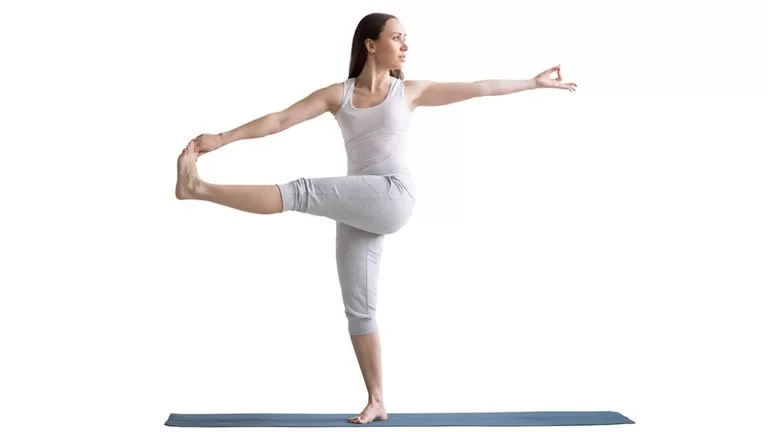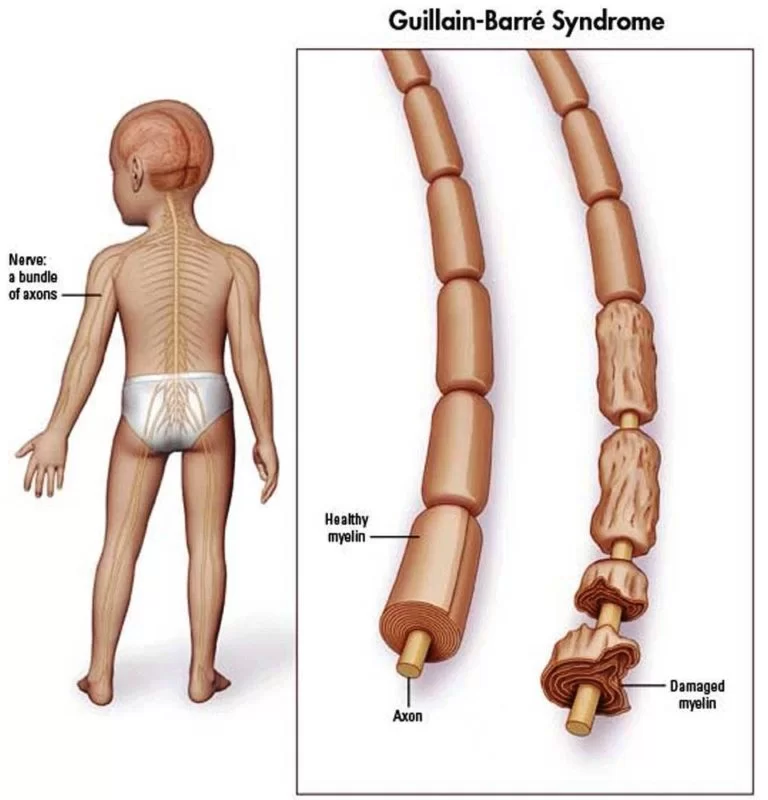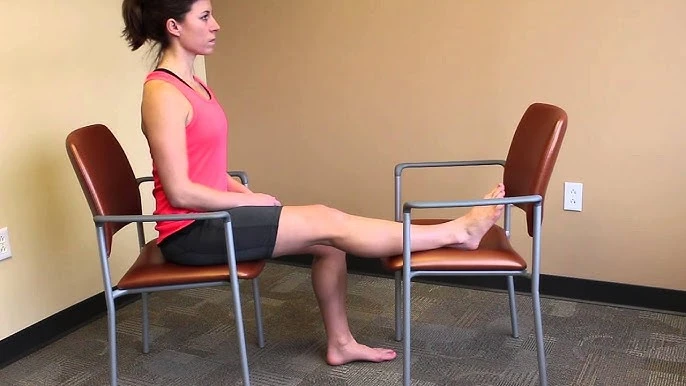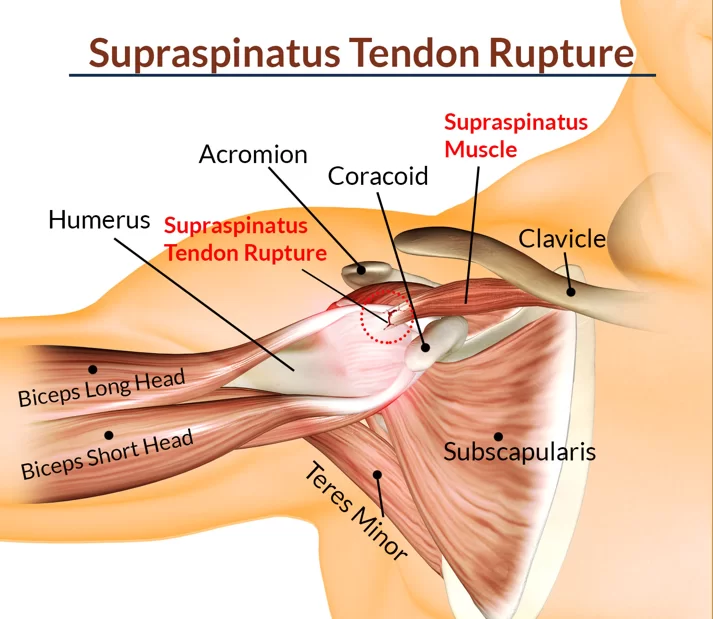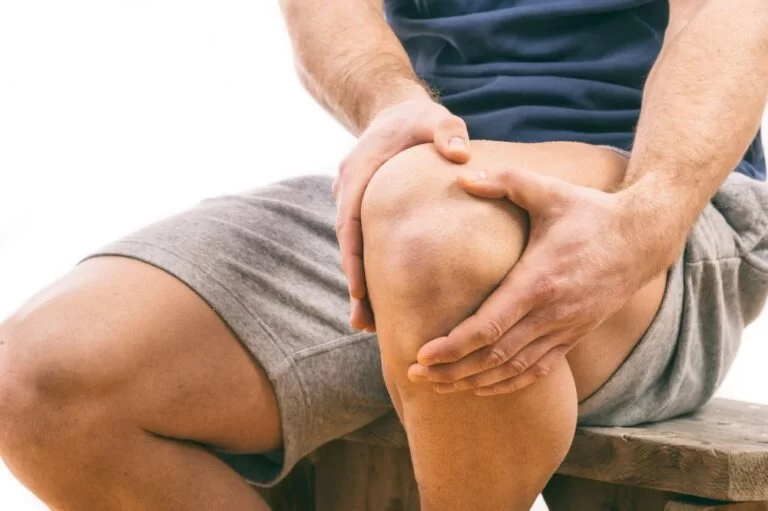Utthita Hasta Padangusthasana (Extended Hand-to-Big-Toe Pose)
What is Utthita Hasta Padangusthasana?
Utthita hasta Padangusthasana is a stationary pose that makes balance, enhances attention, and encourages an intellect of stability. It derives its name from the Sanskrit Utthita, meaning “stretched,” hasta, meaning “hand,” Padangustha, meaning “big toe,” and asana, meaning “pose.”
From tadasana (mountain pose), one knee is raised towards the chest and the corresponding hand grasps the big toe. The leg is prolonged forward and then rolled out to the side. The other hand remains on the hip while the gaze turns to the same side.
Utthita hasta Padangusthasana is also referred to as an illustrative hand-to-big-toe pose in English.
How to do Utthita Hasta Padangusthasana?
To begin with, in Tadasana the feet are together and the arms are alongside the body. If you have low back problems you can stand with feet hip stretch apart.
- Bring the weight into your left foot. gentle hug the right knee into your chest. Hook the right big toe with your right 1st and 2nd fingers. Bringing the left hand to the left hip for balance.
- Straighten and lengthen the backbone. Firmly pledge the core muscles and ground down via the left foot without grasping the toes or locking that left knee.
- On an exhale, expand the right leg in front of you and up. The portion may not come completely expanded.
- Next, both hips are in front of the short end of your mat. You will assumably have to actively drop the right hip down so that both hips are on the equal level. The spine remains erect and straight.
- Then, Ensure the shoulders are relaxed down the back and aren’t hiking up towards the ears.
- Lastly, soften the look ahead of you and slow down your breath. Keep the midline of the body active and pledged to support you keep a balance here.
- To release, let’s move the big toe mildly and draw the right knee back into your chest. Then with control slowly get the right foot back down to the ground floor.
Replicate on the opposite side.
Utthita Hasta Padangusthasana Pose Video
Benefits of Utthita Hasta Padangusthasana:
- Develops Focus.
- Opens the Hips.
- Relieves Anxiety.
- Revitalizes the Body.
- Effective Weight Loss.
- Improves Sense of Balance.
- Helps with Digestive Problems.
- Strengthens the Legs and Ankles.
- Strengthens the Nervous System.
- Stretches the Muscles of the Raised Legs.
Modifications
Newbies, if you aren’t able to reach your toe, you can use a strap underneath your foot to create it comfortable for you to reach and do the pose.
You can even accomplish it with a bent knee. Hold the toe but don’t straighten the leg out straight maintain it turned so that it is comfortable to reach while maintaining form everywhere else.
You can even conduct the pose while standing close to a wall. Use the wall for help instead of putting your arm set it on the wall to maintain balance.
Variations
Try utilizing a strap curled around the sole of your foot instead of connecting your big toe with your fingers and thumb
To expand this asana for a longer duration, use a wall as a prop. Press your increased heel firmly into the wall, maintaining your leg active.
Attempt the pose lying down in the reclined Big Toe pose
Contraindications
- Don’t practice the hand-to-big-toe pose if you have low blood pressure.
- Maintaining the posture may cause headaches and dizziness in low BP people.
- Withhold from accomplishing this asana if you have a damaged knee, ankle, and any injury in the hip or leg.
- Never execute the pose if you have an injured shoulder and lower back. The in-depth lengthening involved in the asana will worsen the problem.
Conclusion
Utthita Hasta Padangustasana, or Extended Hand-to-Big-Toe Pose, is a standing balance pose in yoga. To perform it, stand in Mountain Pose, lift one leg, hold the big toe with the hand, and extend the leg forward. Maintain balance, engage the core, and ground through the standing foot. You can extend the leg to the side if comfortable. Benefits include improved balance, stronger legs, flexibility, and hamstring stretch. Modify the pose as needed and seek guidance if you have injuries or medical conditions.
FAQ
1. What is the meaning of Utthita Hasta Padasana?
Utthita Hasta Padasana or hand-to-big-toe pose derives its name from the Sanskrit Utthita, meaning “stretched,” hasta, meaning “hand,” Padangustha, meaning “big toe,” and asana, meaning “pose.” Utthita Hasta Padangusthasana or Big Toe – Hand-to-Big-Toe Pose is a standing balancing posture in stylish yoga as a routine exercise.
2. What are Utthita hasta Padangusthasana and its benefits?
Utthita Hasta Padangusthasana or hand-to-big-toe pose strengthens extended the legs, ankles, and the muscles around the knees deeply prolongs the hamstrings or the back thigh muscles, calves, and hips, and opens the hips, shoulders, and arms.
3. What are the cues of Utthita hasta Padangusthasana?
Maintain the upper and lower spine lifted via the torso.
Hold hips stacked equally side by side, and slightly contend the internal thighs.
Draw your knee toward your chest, reach for the inside of the big toe, and develop via the heel.
On each inhale, feel your chest lift and backbone prolong.
4. What is a twisting hand-to-big-toe pose?
Parivrtta Hasta Padangusthasana or Hand To Big Toe Pose is a deviation of Utthita Hasta Padangusthasana (Standing Side Hand To Big Toe Pose ), but with the shoulders, arms, and abdomen revolved and in a twist.
5. What are the contraindications for Utthita hasta Padangusthasana?
Anyone suffering from an injury and surgery hips, ankle, knee, back, or shoulder should abstain from the practice of Utthita Hasta Padangusthasana Strap. For any other sort of injury leading to anxiety or discomfort, precautions should be taken to go slow and with the support of a teacher’s advice.

